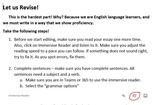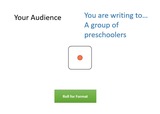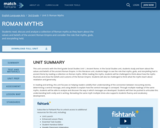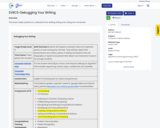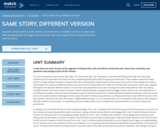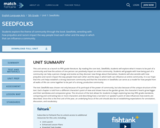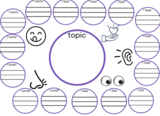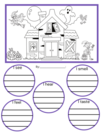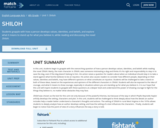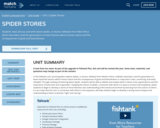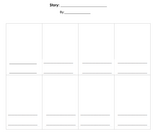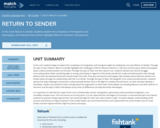
In this unit, students begin to explore the complexity of immigration and immigrant rights by reading the core text Return to Sender. Through the eyes of two children, Return to Sender highlights the challenges of life for Mexican laborers in Vermont and the way in which stereotypes about undocumented workers are formed. Through the eyes of Tyler, the farm owner's son, students witness the internal struggle surrounding what makes something right or wrong, particularly in regard to if the family should hire undocumented workers even though without them the beloved family farm would need to be sold. They also see how the stereotypes Tyler believes about Mexican workers are broken down through his relationships with the Cruz family. Through the eyes of Mari, the daughter of an undocumented worker, students witness the daily challenges and barriers undocumented workers face in the fight for a better life and future. As Tyler and Mari develop a friendship, readers are pushed to think critically about the arguments on both sides of the debate surrounding Mexican and other laborers in Vermont, and the way in which friendships across lines of diffference can help dismantle stereotypes.
It is important to note that the scope of this unit is intentionally narrow. Immigration, particularly undocumented immigration, is an incredibly complex issue. This unit serves as an entry point. It is our hope that this unit begins to humanize a controversial topic and inspires students to question things beyond their own world and fight for their own view of what is right. To build a deeper understanding of the nuances and history of migrant workers in the United States, we recommend that this unit is paired with the social studies unit on Cesar Chavez and the migrant workers' fight for justice and equity.
- Subject:
- Communication and Multimodal Literacy
- English
- Fiction
- Reading
- Writing
- Material Type:
- Assessment
- Homework/Assignment
- Lesson Plan
- Provider:
- Match Fishtank
- Provider Set:
- Fishtank ELA
- Date Added:
- 01/01/2017

